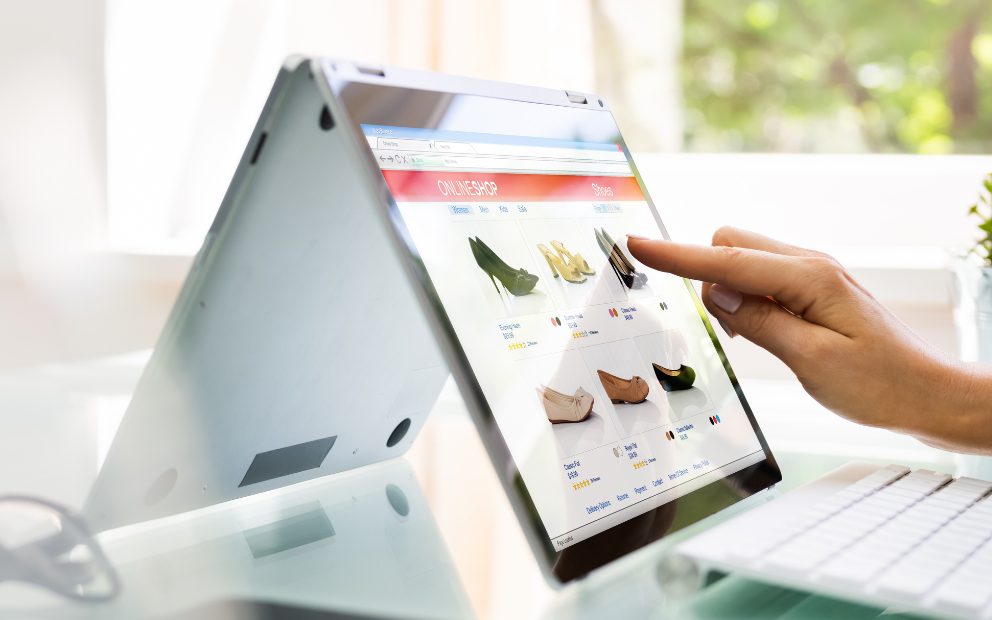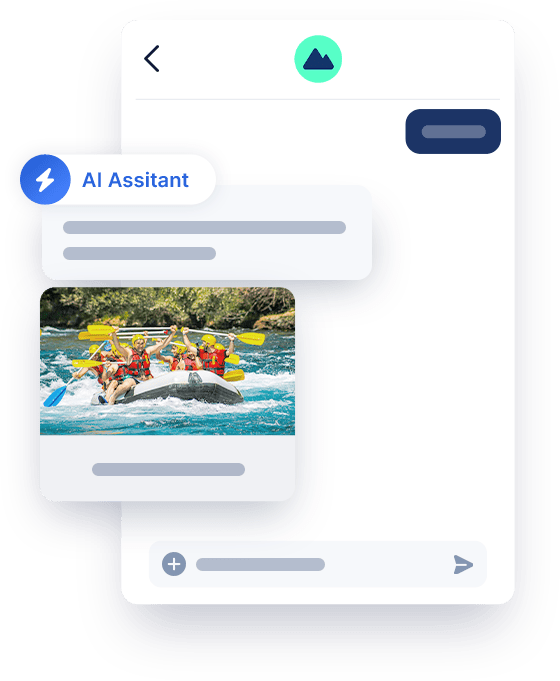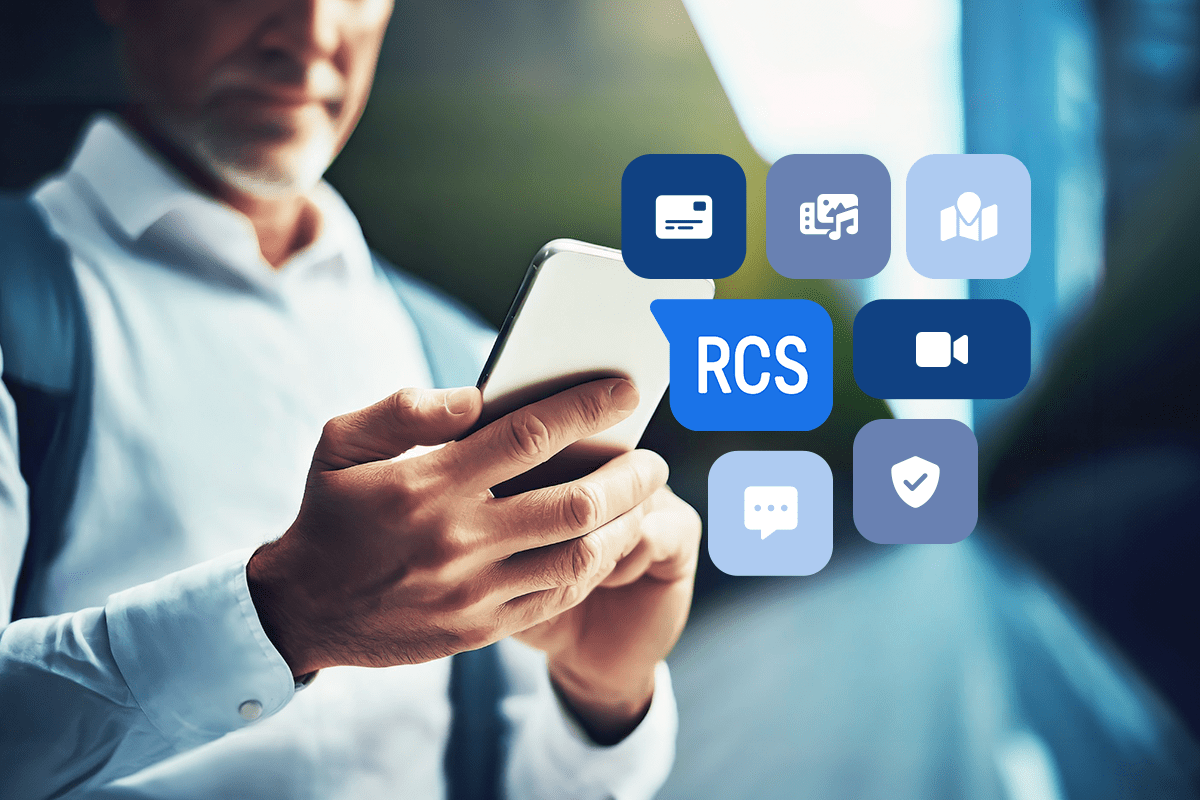How Business Messaging For Retail Delivers More Personal Service

Contactless payments, buy online pick up in store (BOPIS), and curbside pickup have become a big part of the acceleration of ecommerce brought about by COVID. Just because in-person interactions are becoming less of a thing doesn’t mean that personal service has to be. In fact, some might argue that consumers’ shift to online shopping should be more personal.
Take, for example, how consumers now behave and engage with brands on social media. Companies can not only sell directly on the social channels where consumers feel right at home, but consumers can share reviews and recommendations, consume multimedia content, and receive more personal recommendations based on previous purchase history.
Text messaging has come a long way from the character-limited days of SMS and retailers can use this channel to deliver jaw-dropping customer experiences. In this post, we’ll explore how retailers can use messaging to deliver a more personal experience.
Why Business Messaging for Retailers is Relevant
There’s been a sharp reduction in the number in-store interactions that consumers have with brands. Even before the pandemic, consumers were migrating online to save-time and expand their options.
According to McKinsey, high-income earners and millennials are leading the way in online spending across both essential and nonessential items. Gen X has experienced a similar online shift, although not at the same scale as millennials. Meanwhile, Gen Z has concentrated its shift online in particular categories: apparel and footwear, at-home entertainment, and food takeout/delivery. But the shift has been across every generational cohort.
According to the National Retail Federation Pre-COVID boomers “typically made less than half of their purchases online.” Since this population has been more at risk during the pandemic they have accelerated adoption of technology like BOPIS and curbside pickup. Two thirds of this population say these services help improve their buying experience.
With more people working from home, online shopping has soared and consumers expect the store to come to them. “The crisis has prompted a surge of new activities, with an astonishing 75 percent of US consumers trying a new shopping behavior in response to economic pressures, store closings, and changing priorities” according to research.
The surge of online shopping means that companies have had to quickly adjust to digital engagement channels to help consumers through new buying behaviors. Now brands must invest quickly and aggressively to create enjoyable, memorable, and personalized experiences on these channels.

Now that mobile and online shopping is permanently ingrained into consumer’s shopping habits, retailers must consider digital experiences to be just as important as in-store experiences. Consumers’ ability to message a brand for pre-sales service or post-sales support is the equivalent of having friendly, knowledgeable associates on the floor and ready to serve the customer.
Messaging has helped brands like Overstock and lululemon keep up with the spike in online sales. Here are a few key ways retailers can use text messaging to deliver more personal service:
- Ensure delivery of order status updates
Proactivity sending your customers updates on their order status is expected but sending these types of notifications through email misses the mark. With Quiq messaging you can push these time sensitive messages directly to your customers mobile devices. Messages can be sent individually or sent out to thousands of customers in no time from short or long codes. If customers have follow-up questions or want to place an order, they can simply reply and be connected to a bot or one of your employees.
- Send trusted messages
Sending spammy messages from unknown phone numbers is something something brands should stop doing immediately. Quiq can provision your existing landline to send and receive messages. No random numbers here. Just the same 10 digit number that your customers use to call you.
Verified SMS, Apple Messages for Business, and Google’s Business Messages all provide the kind of next level branding that plain SMS doesn’t. Companies can send messages, loaded with logos, colors, and verification badges that signal to the consumer that the message is legit. If you want to make the experience more personal for your customer, make sure every touchpoint is trusted and secure, with your familiar branding.
- Offering mobile personal styling services
Mobile engagement gives retailers room to really flex their creative muscles especially when it comes to providing personal styling and shopping services. To some, this concept might seem intimidating. How could you possibly offer customers the same attention and selection that they’d receive in store? The answer is – it’s not the same, but it can be better.
Imagine how much easier a digital personal shopping experience is when the consumer can quickly exchange product pictures back and forth. Overstock did exactly that and enabled their Customer Service Associates to help customers 24//7. Instead of a customer describing a style verbally, they could just send a screenshot of the space they are trying to fill. The two-way, conversational nature of texting allows designers to easily go back and forth with a customer, ask clarifying questions, add a personal touch and ultimately make a sale.
- Share timely, targeted offers
Sharing information in a timely manner is what text messaging was made for. Text messaging allows you to quickly and easily send out alerts and promos to all opted-in shoppers.
Outbound notifications can be more than the transactional “your order has shipped” messages we’ve all come to know and love. Sending trusted, timely and relevant information to customers creates a stronger connection to your brand and a more personal experience for the customer.
Use messaging to target certain segments with info and promos that are specific to them. Want to send a special offer on cat litter to your feline loving customers – done. Need to notify everyone that ordered the new velvet throw that the matching accent pillows are back in stock – done. Unlike email, which has at best a 20%-ish open rate, text messaging has a 98% open rate, so you know your customers will get the message.
How To Use Business Messaging for Retail
There are so many different ways people can use smartphones today, including apps, email, music and social media. When it’s all said and done, text messaging is ubiquitous with 97% of smartphone owners using text messaging regularly, according to Pew Research’s most recent analysis of smartphone use. This remarkably high figure illustrates that basic communication remains a key driver of behavior even as the number and complexity of potential distractions increase.
This basic ability to connect with others is a driver as to why businesses of every size should look to leverage text messaging to communicate with their customers. For retailers, messaging has proven to be a highly reliable and personalized medium.
What’s more, messaging is ubiquitous across all platforms and mobile devices, allowing businesses to reach their customers. Even if your customer doesn’t have the latest device or if they’re using a basic prepaid handset they can still receive simple, timely SMS messages. These days, most customers are capable of receiving rich messages like Apple Messages for Business, and Google’s Business Messages—which deliver the kind of modern messaging experience that consumers have come to expect. Combine this with the fact that everyone carries their mobile device with them at all times (even to the point of sleeping with them), and you’ve got a recipe for success.
The market is ready for new brands to introduce messaging into their channel mix, but are you? If you need help with getting started Quiq is here to help. Contact us so that we can learn more about your business and how text messaging can help you provide more personal service.




